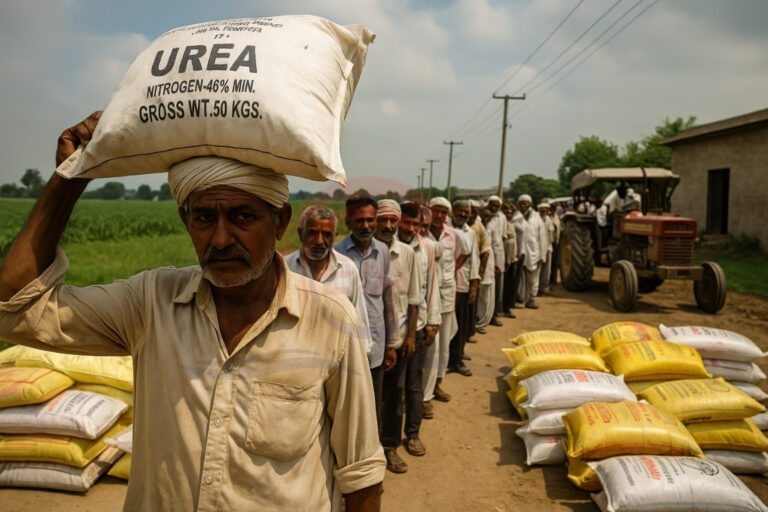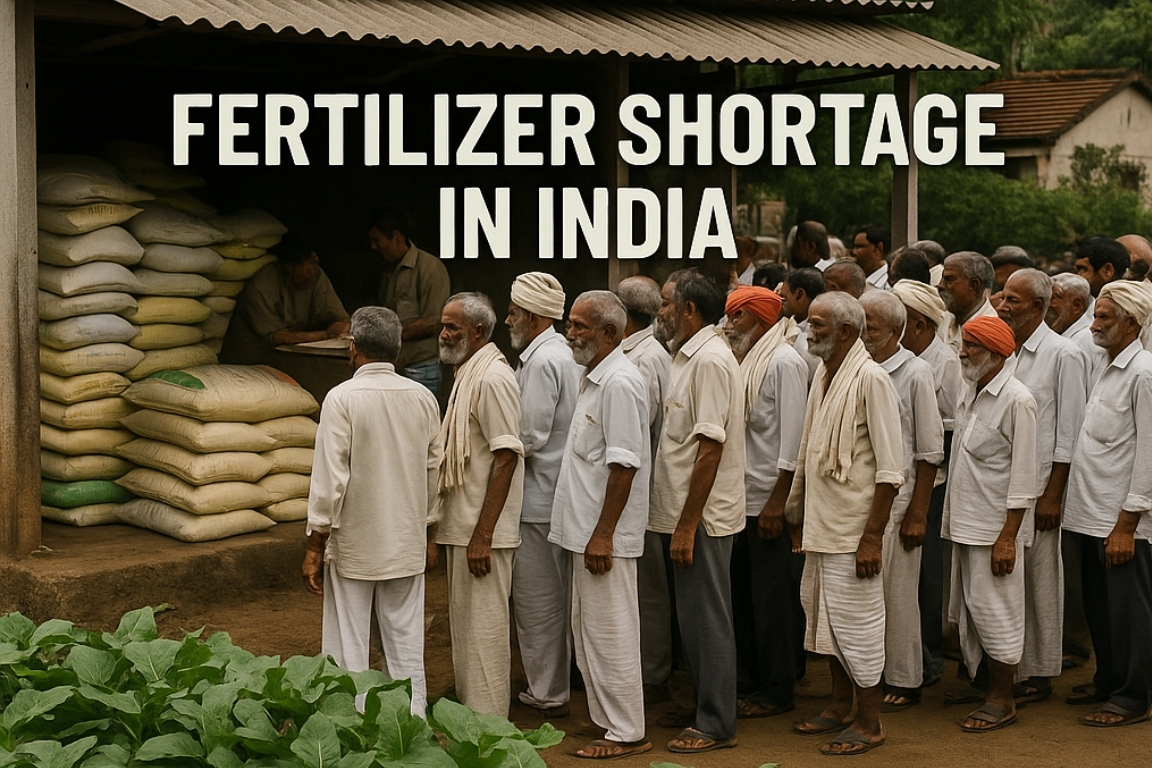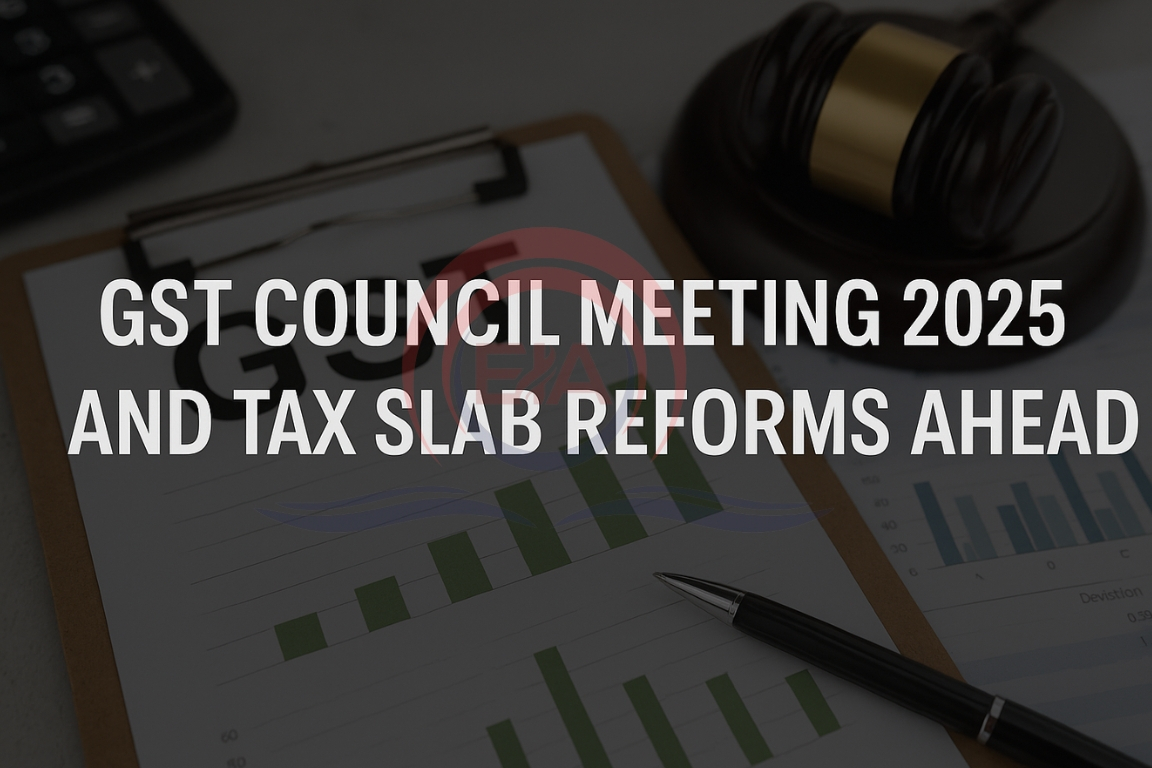China has recently restricted fertilizer exports, creating a major supply disruption in India at a time when monsoon-driven sowing has sharply raised fertilizer demand. This has exposed India’s import dependence and need for policy reform.
Fertilizer Demand and Supply Gap
- A strong and early monsoon in 2025 encouraged farmers to begin sowing quickly, boosting demand for fertilizers like DAP and urea.
- However, fertilizer stock levels were lower than usual—DAP stood at 1.3 million tonnes as of June 30, with urea availability also declining.
- This mismatch led to long queues at distribution centers and difficulties for farmers.
China’s Export Restrictions: The Trigger
- China, a key exporter of fertilizers, has reduced exports of DAP and urea, causing a steep fall in India’s imports from the country.
- This move is part of broader restrictions affecting global supply chains for essential products, not just fertilizers.
- India’s over-reliance on China for agricultural inputs made the country highly vulnerable to such external decisions.
Systemic Policy and Structural Challenges
- Fertilizer Pricing Issues: Indian farmers pay nearly the same subsidized prices for urea as 12 years ago. This encourages overuse, leading to soil degradation and inefficiency in farming.
- Lack of Innovation: Artificially low prices discourage private investment and innovation in region-specific, efficient fertilizers.
- Import Dependence: India lacks key raw materials like rock phosphate and relies on imported natural gas for fertilizer production.

Lessons and Long-Term Solutions
- Reform Fertilizer Subsidies: Shift from product-based subsidies to nutrient-based or direct benefit transfers (DBT).
- Strengthen Domestic Production: Invest in local manufacturing, promote research and development, and adopt new fertilizer technologies.
- Diversify Import Sources: Reduce dependency on China by exploring trade agreements with multiple countries for critical inputs.
- Promote Balanced Fertilizer Use: Support precision agriculture, region-based fertilizer use, and awareness campaigns for sustainable practices.
Broader Implications for Governance
- Ensuring food security depends on uninterrupted access to fertilizers, which impacts crop yield, farm income, and rural stability.
- A holistic approach aligning agriculture, trade, environment, and energy policies is essential.
- Other sectors like electric vehicles (EVs) show how market-aligned pricing and tech adoption can transform industries.
Conclusion:
The current fertilizer supply shock must serve as a turning point. India should reduce import dependency, reform pricing, boost domestic production, and adopt smarter agricultural practices to build long-term resilience.





